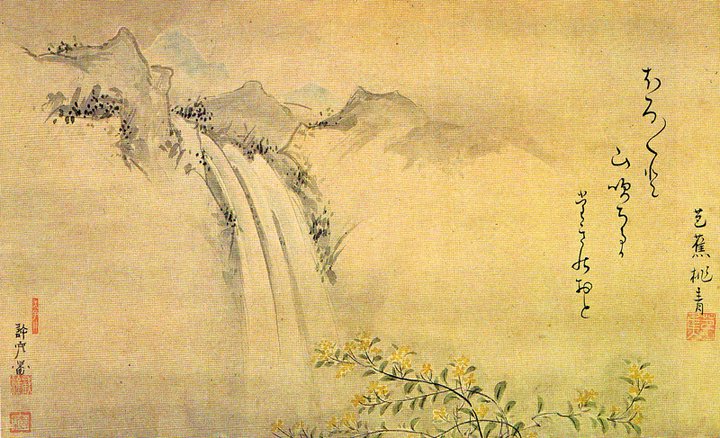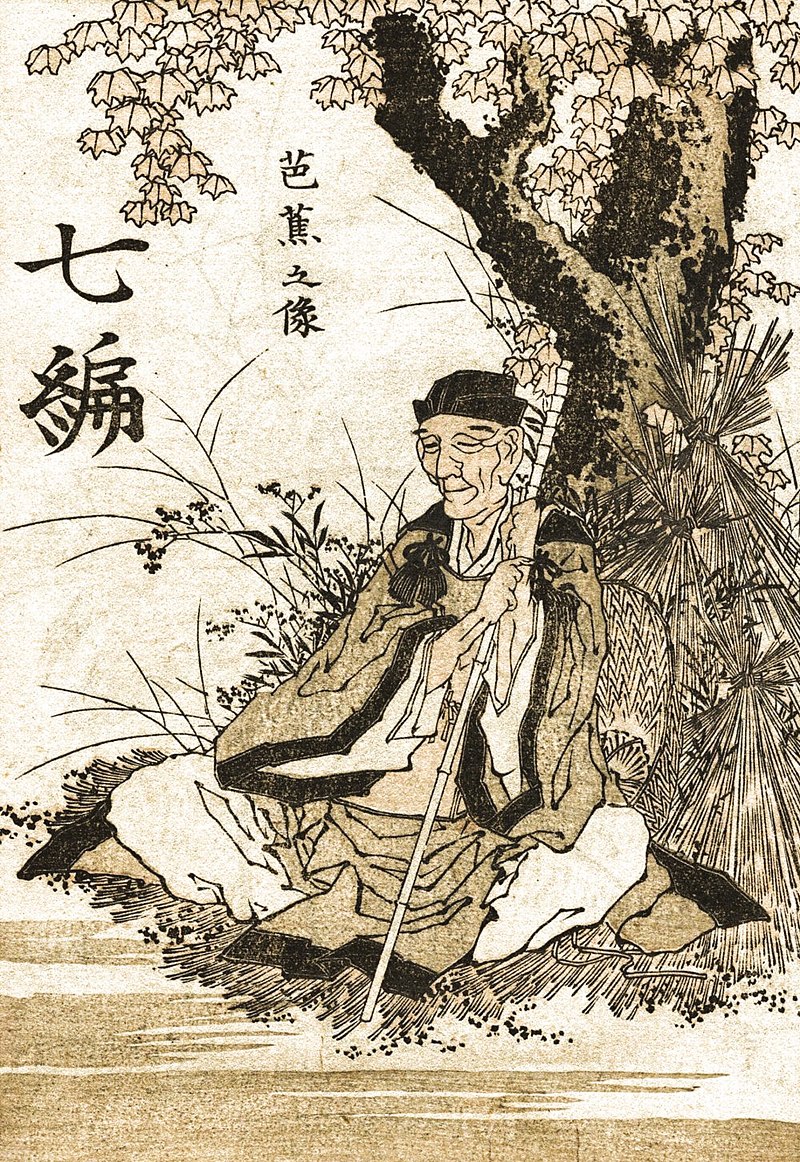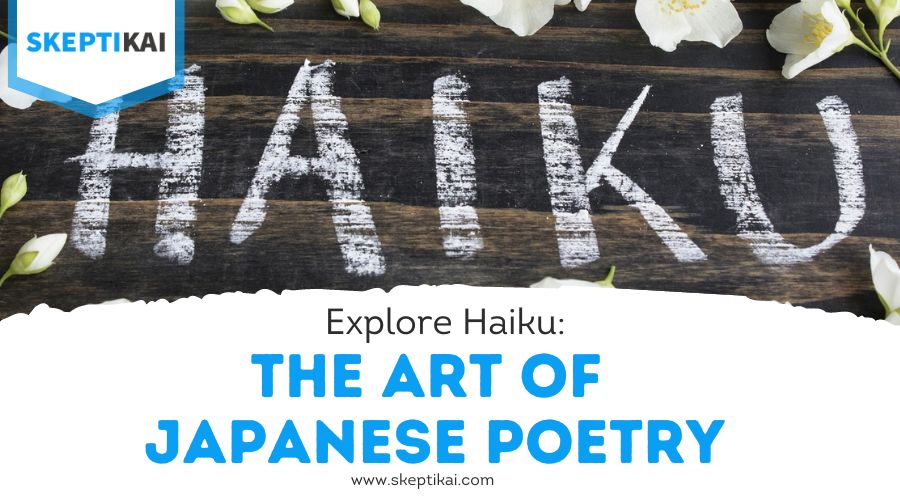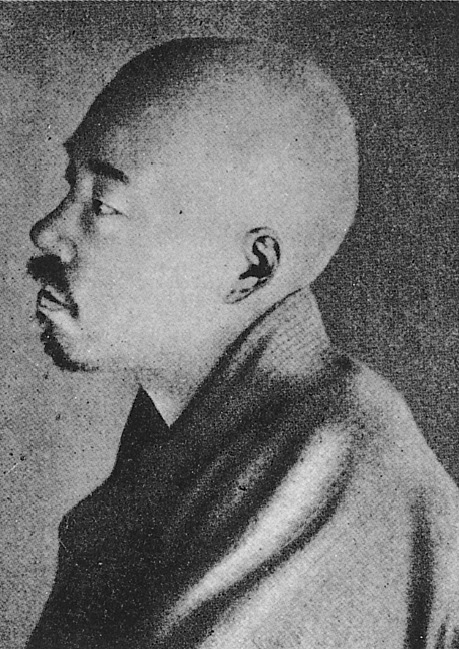Diving into the world of haiku is like stepping into a serene garden, where each path reveals a landscape of emotion and insight. You’ll find yourself captivated by the simplicity and depth that these brief poems offer, echoing the essence of nature and human experience. As you explore the origins and structure of haiku, along with the mastery of poets like Matsuo Basho, you’ll begin to see the world through a lens that values the beauty in brevity.
This journey not only enriches your understanding of a revered art form but also invites you to craft your own verses, potentially unveiling a new layer of creativity within. What awaits is a deeper appreciation of how a few well-chosen words can paint a thousand pictures.
Origins of Haiku

Haiku, a poetic form that emerged in 17th century Japan, draws deeply from Taoism, Buddhism, and Shintoism, evolving from earlier poetry styles like renga and tanka. This Japanese art form captures the essence of a moment, often highlighting the natural world’s beauty and transience. Its origins are deeply rooted in the spiritual and philosophical traditions of Japan, providing a unique lens through which poets view their surroundings.
As you delve into the world of haiku, you’ll encounter legendary haiku masters such as Matsuo Basho, Yosa Buson, and Kobayashi Issa. These poets played pivotal roles in shaping haiku into the form we recognize today. Matsuo Basho, for instance, is celebrated for his frog poem, a piece that not only exemplified the haiku’s potential for evoking profound depth in few words but also helped to popularize the form beyond Japan’s borders.
Understanding haiku’s origins isn’t just about tracing its evolution from ancient poetry forms. It’s about appreciating how pioneers like Basho, Buson, and Issa infused their observations of nature with philosophical insight, setting the stage for future generations of haiku poets to explore the infinite possibilities within this compact yet expansive form of poetry.
Structure and Form
Delving into the structure and form of haiku, you’ll find it’s crafted with a precise arrangement of 17 syllables across three lines. This unique format, typically broken down into 5, 7, and 5 syllables, forms the backbone of haiku poetry. Each element, from the syllable count to the words used, plays a crucial role in conveying the poem’s essence.
A key feature in haiku is the inclusion of a season word, or kigo, which serves to anchor the poem within a specific time of year. This not only adds depth to the imagery but also connects the reader directly to the natural cycle. The cutting word, or kireji, introduces another layer of nuance. Positioned at the end of one of the poem’s segments, it creates a distinct pause or emotional punch, enhancing the overall impact.
Haiku’s power lies in its focus on concrete images and sensory experiences. By portraying nature and emotions with simplicity and directness, haiku invites you into a moment, capturing it with precision and clarity. This emphasis on brevity, singularity, and a deep connection to the natural world defines the traditional structure of haiku, making each poem a rich, immersive experience.
The Essence of Nature

While exploring the structure and form reveals the skeleton of haiku, it’s the essence of nature that breathes life into each verse. Haiku poetry, an art refined through centuries, captures this essence through vivid, concrete imagery that draws you into the moment. Japanese haiku masters, like the revered Matsuo Basho, have long celebrated the ephemeral beauty of nature, using their verses to hold a mirror to the world’s transient, subtle beauty.
In haiku, nature isn’t just a backdrop; it’s a vital character that speaks volumes through seasonal allusions and meticulously chosen words. The philosophy of harmony between man and nature is deeply ingrained, offering a lens through which to view our relationship with the world around us.
To make this more interesting:
- Haiku poetry utilizes nature to convey profound insights into life and existence.
- Seasonal allusions in haiku create a bridge between the poem and the natural world, enriching the reader’s experience.
- Masters like Matsuo Basho champion the art of observing and capturing the fleeting moments of nature’s beauty.
- Haiku paintings often accompany poems, showcasing landscapes, birds, and flowers in subtle hues, further emphasizing the harmony between art and nature.
Seasonal References
In the world of Japanese haiku, ‘kigo’ serve as seasonal references that anchor each poem to a specific time of year, adding depth and emotional resonance. These seasonal allusions are not just decorative; they’re a conduit through which Japanese haiku masters like Matsuo have captured the ephemeral beauty of nature. Kigo evoke emotions, set the mood, and enrich your understanding of the poem by connecting it to a broader cultural and historical context.
| Season | Kigo Example | Nature Element |
|---|---|---|
| Spring | Cherry blossoms | The transient beauty of life |
| Summer | Swallows | The joy and vitality of summer |
| Autumn | Deer | The deepening of the season, a sense of longing |
| Winter | Snow | The silence and stillness of nature |
Through these references, haiku poets encapsulate the essence of a season, highlighting the impermanence and constant change inherent in nature. The use of kigo not only enhances the imagery and meaning of a haiku but also provides a moment of reflection on the transient beauty surrounding us. As you delve into the world of haiku, you’ll find that these seasonal allusions are a bridge to experiencing the natural world in its myriad forms.
Haiku Masters
Exploring the world of haiku, you’ll encounter masters like Matsuo Basho and Yosa Buson, whose profound works have shaped this poetic form. These Japanese haiku masters, including Kobayasshi Issa and Masaoka Shiki, have significantly influenced the development and essence of haiku poetry. They’ve excelled in capturing the beauty of nature and the complexity of human emotions in just a few lines, a testament to their skill and sensitivity.
- Matsuo Basho: Known for his frog poem, Basho’s work popularized haiku by blending simplicity with deep philosophical insights.
- Yosa Buson: A painter and poet, Buson brought vivid imagery to haiku, enriching it with his artistic vision.
- Kobayasshi Issa: Issa’s haikus often reflect on the joy and sorrow of life, using straightforward language to capture poignant moments.
- Masaoka Shiki: Shiki introduced modern themes and techniques to haiku, emphasizing realism and personal expression.
Their legacies continue to inspire modern poets and readers, proving the timeless appeal of haiku. By studying these masters, you’re not just learning about poetry; you’re immersing yourself in the cultural and philosophical depth that defines this exquisite form of Japanese literature.
Global Influence
Haiku’s reach has expanded far beyond its Japanese origins, inspiring poets and readers around the globe. This form of Japanese art and poetry, once the domain of haiku masters like Basho and Issa, now resonates deeply across continents. Western literature has felt its influence, with poets such as Ezra Pound and Jack Kerouac drawing inspiration from its concise yet complex nature. Through translations, the art of haiku has been introduced to diverse cultures, allowing a global audience to appreciate its seasonal allusions and the beauty of nature encapsulated in just a few lines.
The simplicity and depth that characterize haiku have made it a beloved form of poetry in many countries beyond Japan. Its focus on elements of nature, from cherry blossoms to swallows, speaks a universal language that transcends cultural barriers. Adaptations in English, Spanish, and other languages have further broadened its appeal, showcasing the global influence of this unique art form. As you explore the art of haiku, you’re joining a worldwide community that finds beauty in the simplicity and profundity of observing nature.
Writing Your First Haiku
Diving into the world of haiku, you’ll find that crafting your first poem is both an art and a joyful challenge. This traditional Japanese form of poetry, celebrated for its simplicity and depth, invites you to capture the essence of a moment in nature.
- Stick to the 5-7-5 syllable structure: This foundational rule helps you condense your thoughts into three concise lines, focusing on clarity and immediacy.
- Incorporate a seasonal word (kigo): Choose a word that reflects the season, like ‘spring,’ to ground your haiku in a specific time of year, connecting your poem to the cycle of nature.
- Engage the senses: Use vivid images and sensory details to evoke emotion, drawing on sights, sounds, and other sensory experiences to bring your haiku to life.
- Create contrast: Introduce a juxtaposition within your poem to add depth. This contrast can be between images or ideas, offering a surprising insight into the nature you’re depicting.
Haiku in Modern Culture
In today’s digital age, the art of haiku has found new life, resonating with audiences across social media platforms. This traditional form of Japanese haiku, with its inherent brevity and focus on nature, has seamlessly adapted to the rhythms of modern culture. Its concise nature makes it perfect for the fast-paced environment of platforms like Twitter, where it’s shared and appreciated by a global audience.
You’ll find that modern haiku poets aren’t afraid to experiment with form and structure, yet they skillfully maintain the essence that defines traditional haiku. This balance between the old and the new ensures that haiku remains a vibrant part of contemporary poetry. Its clarity and succinctness offer you moments of reflection and connection, amidst the hustle and bustle of daily life.
Moreover, haiku competitions and events worldwide highlight its enduring appeal. These gatherings not only showcase the creativity and innovation present in today’s haiku but also foster a sense of community among poets and enthusiasts alike. The focus on nature, emotions, and human experiences continues to make haiku a versatile and relevant art form for expressing and contemplating modern life.
The Zen of Haiku
Exploring further, you’ll see that haiku’s essence is deeply rooted in Zen principles, emphasizing simplicity and a profound connection with the present. This ancient form of Japanese poetry, with its brief and direct style, captures the fleeting moments of life, reflecting the Zen focus on mindfulness and the beauty found in the transience of the world around us.
By engaging with haiku, you’re invited to experience the world in a Zen-like manner, noticing the small wonders of nature and the impermanence that defines our existence. This practice encourages a state of enlightenment, where the simplicity of a haiku becomes a gateway to a deeper understanding of the self and the universe.
Consider the following Zen principles embodied in haiku:
- Simplicity: Haiku strips away the unnecessary, focusing on the essence of a moment.
- Mindfulness: Each poem fosters awareness and presence, capturing fleeting glimpses of life.
- Impermanence: Haiku often reflects on the transient nature of existence, emphasizing life’s fleeting beauty.
- Connection to Nature: The genre’s frequent nods to the natural world encourage a harmonious life, deeply attuned to the environment.
Through haiku, you’re not just reading or writing poetry; you’re practicing a form of Zen, attuning yourself to the simplicity, mindfulness, and enlightening transience of being.
Haiku Workshops and Communities
Haiku workshops provide a platform where you can hone your craft, surrounded by a community of like-minded enthusiasts eager to explore the depths of this poetic form. These sessions offer hands-on guidance, allowing you to weave seasonal references and vivid imagery into your creations, hallmarks of Japanese poetry. The focus often lies on mastering traditional techniques like kireji, the cutting word that adds a poignant pause or emotional nuance, and kigo, the seasonal word that roots your poem in a specific time of year. By delving into these elements, you deepen your understanding and skills in crafting haiku that resonate.
In these workshops, you’re not alone. You’ll find yourself in a supportive environment where beginners and seasoned poets alike share their work, critique constructively, and inspire each other. This community aspect is invaluable, fostering creativity, improvement, and a deeper appreciation for haiku. Engaging with others who share your passion, you’ll receive valuable feedback that can push your boundaries and inspire fresh, imaginative work. Haiku workshops and communities offer more than just lessons in poetry—they’re a gateway to a vibrant, creative world where the art of Japanese poetry flourishes.
Conclusion
You’ve journeyed through the delicate world of haiku, uncovering its roots, marveling at its structured simplicity, and feeling the essence of nature through its verses. You’ve met the masters, dipped your pen into your own creative spirit, and seen haiku’s ripple in modern culture. Embrace the Zen behind each word, and remember, the haiku community awaits your voice. Let this art form’s tranquility and depth guide your exploration.
Your haiku adventure is just beginning. Keep writing, keep observing.

